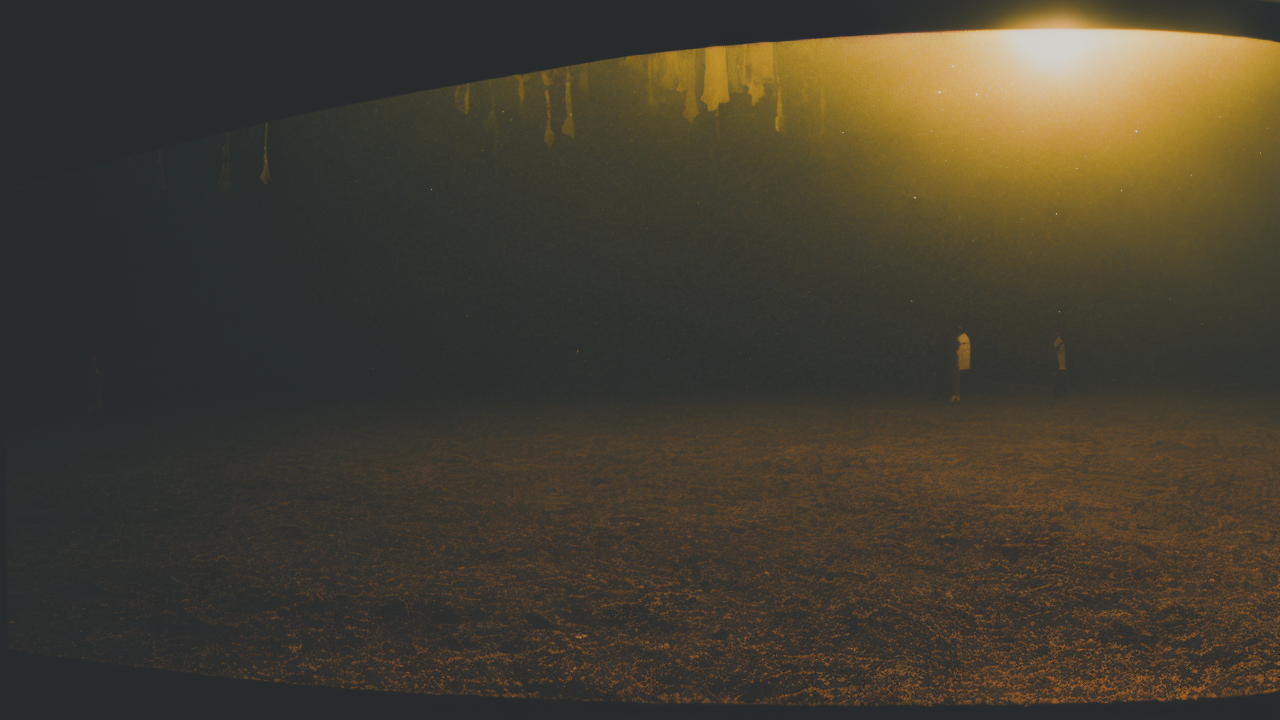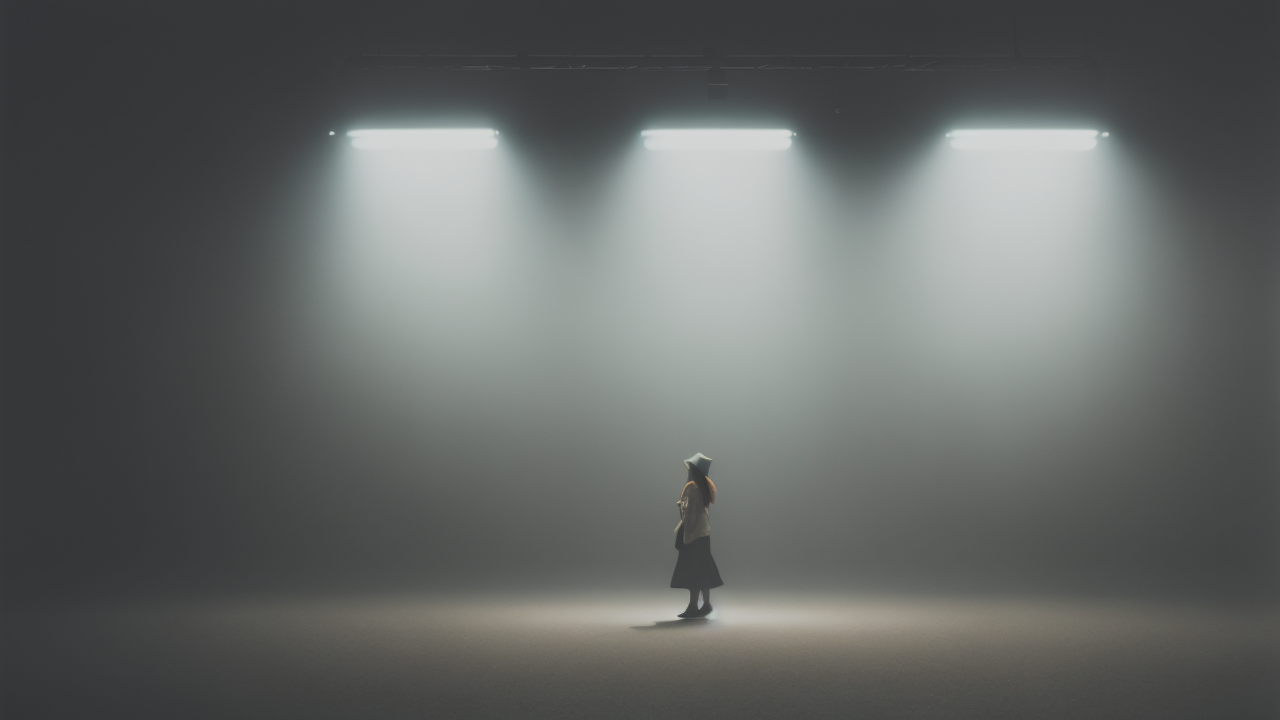
Incorporating Modern Mexican Interior Design with Minimalist Wall Art
The Rise of Contemporary Minimalist Art in the United States
Understanding the Aesthetic Appeal
Minimalist art has gained popularity in the American art scene. Its appeal lies in simplicity and clarity. Artists use basic shapes, colors, and lines to create powerful works. This style removes excess, focusing on essential elements.

Viewers find peace in minimalist pieces. The lack of clutter allows for deeper reflection. Many appreciate the calm these works bring to busy lives. The trend fits well with modern design preferences for clean spaces.
Minimalist art often challenges viewers to find meaning in simplicity. This mental engagement adds to its appeal. The style's versatility allows it to fit various settings, from homes to offices.
Historical Context and Influences on Modern Art
Minimalism in American art has deep roots. It emerged in the 1960s as a response to abstract expressionism. Artists like Frank Stella and Donald Judd led the movement. They chose geometric forms over emotional expression.
Earlier art movements clearly influenced this style. Constructivism and De Stijl both used simple forms. These European styles shaped American minimalism. The Bauhaus school's focus on function also played a role.
Post-war America's cultural shift impacted this trend. The desire for order in a chaotic world fueled minimalism. Artists aimed to create art free from symbolic meaning. This approach resonated with a changing society.
The Impact of Technology on Artistic Expression
Technology has changed how artists create minimalist art. Digital tools allow for precise geometric designs. Artists can easily experiment with colors and shapes. This has led to new types of minimalist art.
3D printing enables complex minimalist sculptures. These pieces mix old and new techniques. Virtual reality offers new ways to experience minimalist art. Viewers can immerse themselves in digital minimalist spaces.
Social media has also shaped minimalist art trends. Platforms like Instagram favor clean, simple images. This has led artists to create more shareable minimalist works. As a result, more people see this style of art.
Nawabi Elegance: Aesthetic Reflection of Indian Heritage in Contemporary Art
The Evolution of Indian Artistic Techniques
Indian art has a rich history spanning thousands of years. Traditional methods include detailed paintings and sculptures. These often depicted religious and mythological themes. Over time, Indian art has adapted to changing cultural influences.

Modern Indian artists blend old techniques with new styles. They use ancient methods to address current issues. This fusion creates a unique look that honors heritage while embracing modernity. Many artists explore themes of identity and globalization through this lens.
Bright colors remain common in Indian art. But modern artists often use softer palettes too. This shift reflects the influence of global art trends on Indian expression.
The Fusion of Indigenous and Western Styles
The meeting of Indian and Western art styles has created new forms. Artists combine Indian motifs with minimalist principles. This blend results in works that are both familiar and innovative. The contrast between ornate Indian designs and stark minimalism is striking.
Many artists use this mix to comment on cultural identity. They explore the balance between tradition and modern life. Some works feature minimalist backgrounds with subtle Indian elements. Others boldly combine Western and Indian artistic traditions.
This fusion appeals to a global audience. It offers a fresh view of both Indian and Western art. Collectors appreciate the unique cultural dialogue these works represent.
The Role of Nawabi Elegance in American Art Scene
Nawabi elegance has found a place in the American art world. This style, from Indian royal courts, brings luxury and grace. Its intricate patterns and rich colors contrast with minimalist trends. This creates an intriguing visual mix in galleries and collections.
American artists draw inspiration from Nawabi aesthetics. They add elements of this style to their minimalist works. The result is a subtle blend of opulence and simplicity. This fusion appeals to collectors seeking unique, culturally rich pieces.
Shows featuring Nawabi-inspired art are gaining popularity. They offer American audiences a glimpse of Indian artistic heritage. This cultural exchange enriches the American art scene, promoting diversity and understanding.
Strategies for Collectors and Investors in the Minimalist Art Movement
Identifying Pieces with Potential for Appreciation
Collectors should look for unique voices in minimalism. Seek artists who bring fresh ideas to the style. Notice those who blend cultural influences in new ways. Works that challenge typical minimalist concepts often grow in value.

Research an artist's background and career path. Rising stars in the art world can be good investments. Look for artists featured in respected galleries or publications. Pieces that reflect current social or cultural themes may appreciate well.
Consider the quality and durability of materials used. Well-crafted pieces tend to hold value better. The artwork's history is also crucial. Art with clear documentation is often more valuable.
Investing in Emerging Artists and Galleries
Supporting new artists can be rewarding for collectors. These artists often offer innovative takes on minimalism. Their works may be more affordable initially but have growth potential. Building ties with young artists can lead to valuable long-term investments.
Explore smaller, cutting-edge galleries. They often showcase promising new talent. Attend art fairs and student exhibitions to discover fresh perspectives. Online platforms are great for finding emerging artists globally.
Consider joining art investment groups or funds. These can provide access to a wider range of artists and works. They also offer expert guidance in art investment.
Preserving and Exhibiting Contemporary Minimalist Art Pieces
Proper care is key to maintaining art value. Store minimalist pieces in climate-controlled environments. Protect them from direct sunlight and humidity. Regular professional cleaning and maintenance are essential.
When exhibiting, consider the piece's context. Minimalist art often benefits from clean, spacious settings. Use neutral backgrounds to highlight the work's simplicity. Proper lighting can greatly enhance the viewing experience.
Document the artwork's history and provenance carefully. Keep records of exhibitions and publications featuring the piece. This information can significantly impact its future value. Consider having valuable pieces appraised regularly to track appreciation.


